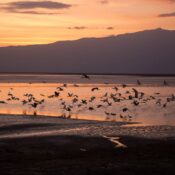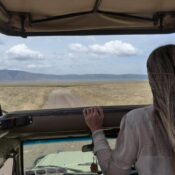Tanzania: Best Time to Visit for Safaris, Kilimanjaro & Zanzibar
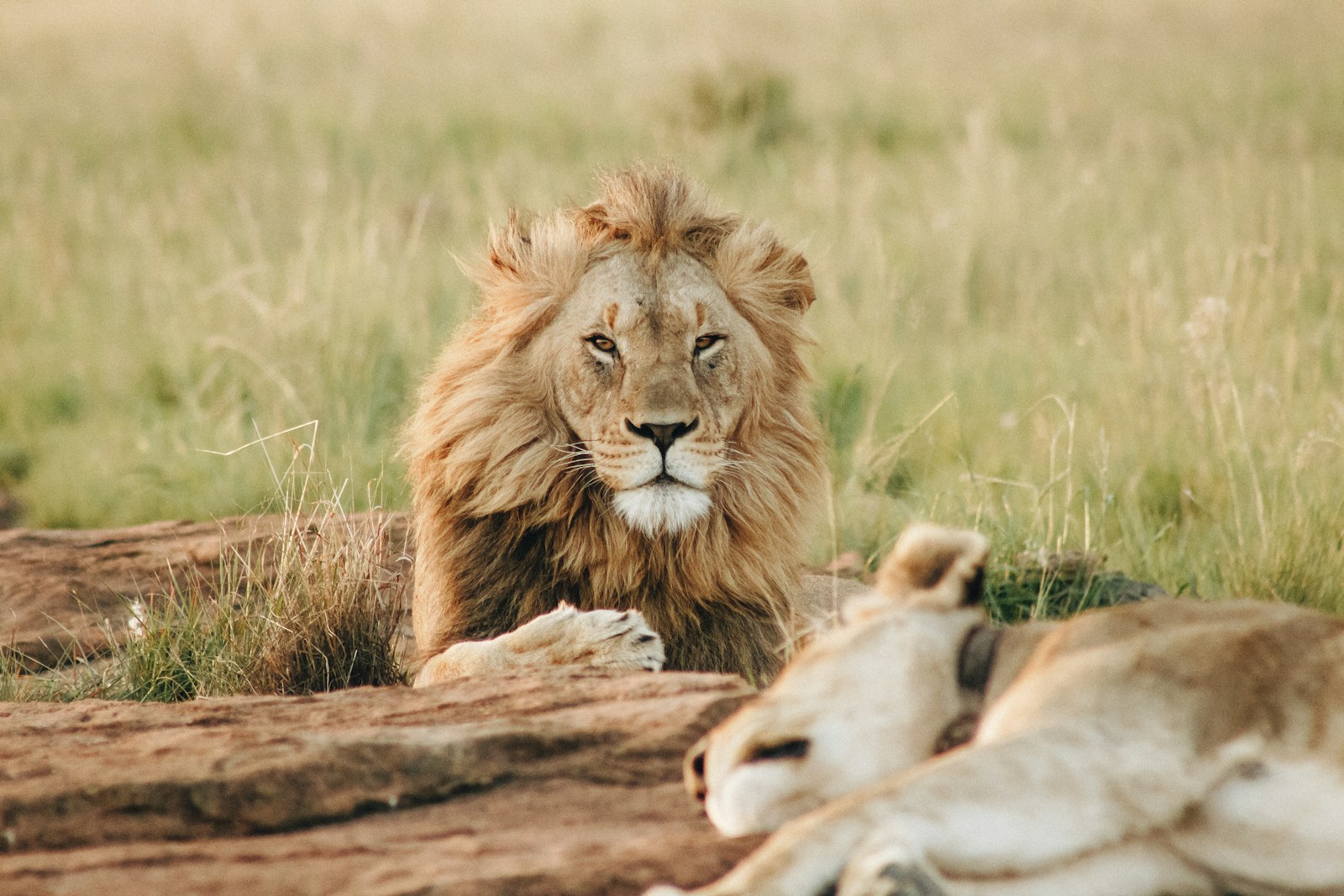
Tanzania: Best Time to Visit for Safaris, Kilimanjaro & Zanzibar
Tanzania is a land of boundless beauty and extraordinary diversity, a destination where vast wildlife-rich savannahs stretch endlessly beneath golden skies, snow-capped peaks like Mount Kilimanjaro rise above the clouds, and the turquoise waters of the Indian Ocean gently lap against the white-sand beaches of Zanzibar, Pemba, and Mafia Island.
It is a country where ancient cultures and traditional ways of life blend seamlessly with some of the world’s most spectacular natural landscapes. From the legendary Serengeti National Park to the breathtaking Ngorongoro Crater, and from the coral reefs of the coast to the remote wilderness of Ruaha and Selous, Tanzania offers an unparalleled range of experiences in every season.
Deciding when to visit such a remarkable destination is not as simple as marking a random date on the calendar, because the beauty of Tanzania unfolds differently throughout the year. The answer to the question, “When is the best time to visit Tanzania?” depends on far more than just the climate — it is shaped by the adventures you wish to experience.
Table of Contents
You might dream of tracking lions across the golden plains of the Serengeti during the dry season, standing proudly at the summit of Mount Kilimanjaro under a starlit sky, diving among vibrant coral gardens in the warm waters of Zanzibar, or witnessing the Great Wildebeest Migration as millions of animals thunder across the plains and plunge into crocodile-filled rivers in one of nature’s greatest survival dramas. Whatever your passion, understanding the seasonal rhythms of this East African treasure is the key to planning an unforgettable journey.
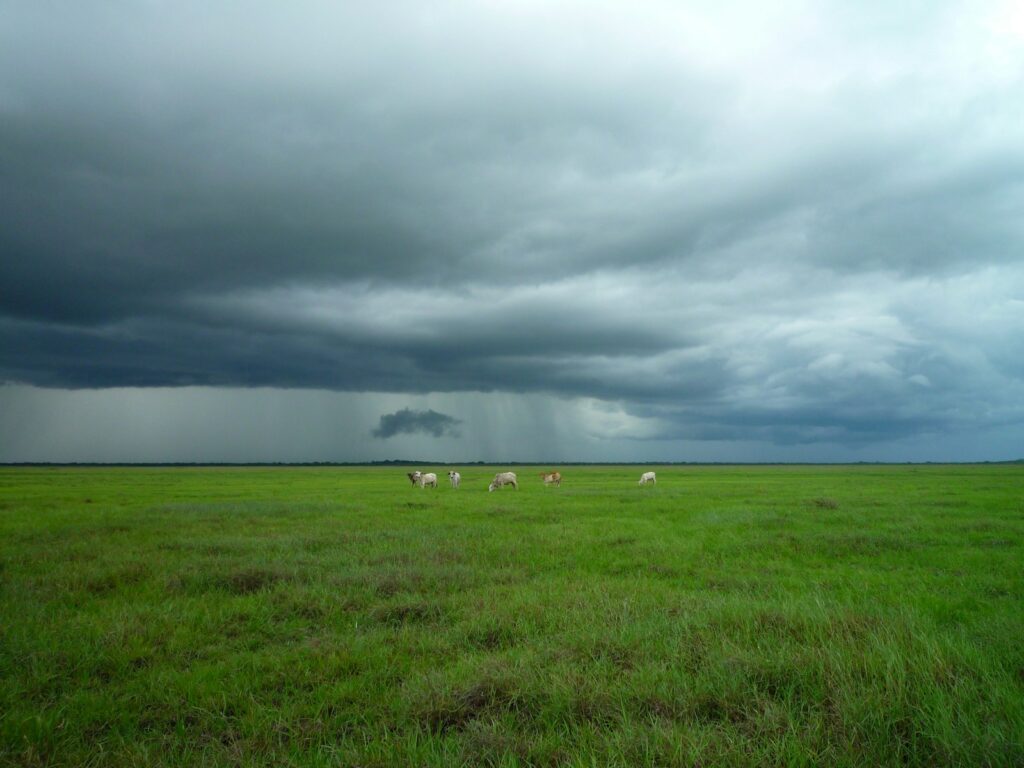
Understanding Tanzania’s Climate and Seasons
The first step to understanding the best time for your trip is to appreciate Tanzania’s climate and seasonal rhythm. Positioned just south of the equator, Tanzania enjoys a warm climate year-round, yet the country’s varied topography — from coastal beaches to inland plateaus and towering mountains — creates distinct weather conditions in different regions. Instead of the four traditional seasons familiar to temperate climates, Tanzania experiences two dry seasons and two rainy seasons.
The long dry season runs from June through October and is characterized by sunny skies, low humidity, and cooler mornings and evenings, particularly in the highlands. This is the time when the landscape becomes parched, rivers and waterholes shrink, and animals congregate in predictable areas, making wildlife viewing spectacular.
The short rains arrive in November and last until mid-December, bringing brief showers that refresh the landscape without significantly disrupting travel.
This is followed by the short dry season from mid-December to February, a period of warmth and sunshine, often favored by both safari-goers and beach lovers. The long rains span from March to May, transforming the scenery into a lush green paradise, but also making some remote areas harder to access due to muddy roads and heavier showers.
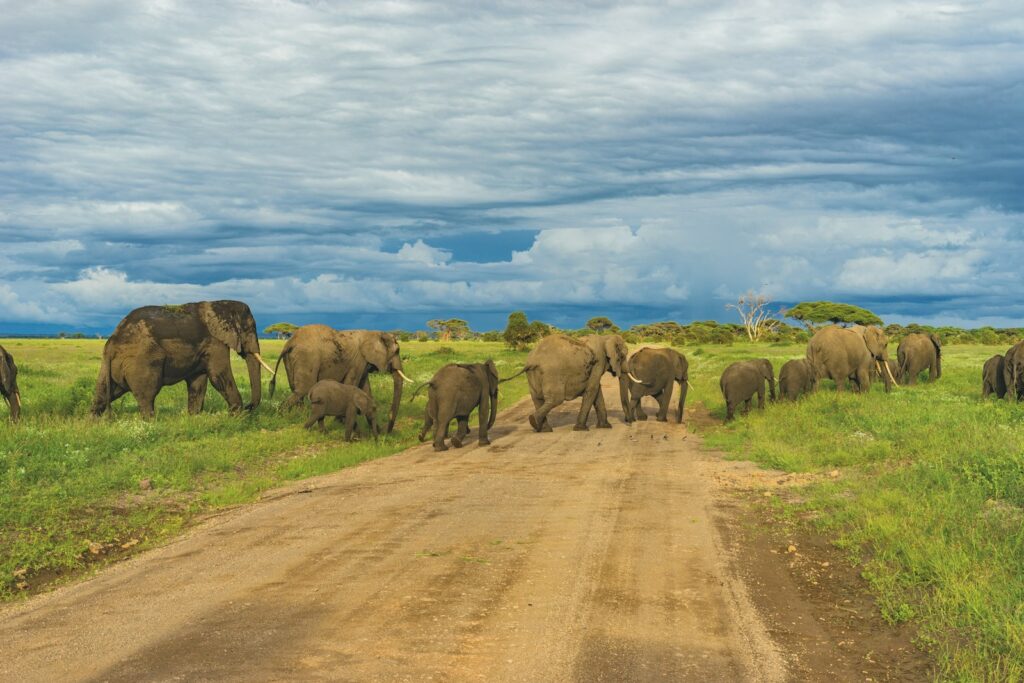
The Best Time for a Safari Adventure
For many travelers, the ultimate dream of visiting Tanzania revolves around embarking on a safari, and the timing of your visit can influence not only the animals you see, but also the entire feel of your journey. The long dry season between June and October is widely regarded as the prime time for safaris.
With little rainfall, vegetation is sparse, and wildlife becomes easier to spot as it congregates around the remaining water sources. This is also the period when the skies are clear and the temperatures comfortable, making long days of game drives especially enjoyable.
Parks like Serengeti National Park, Ngorongoro Crater, Tarangire National Park, and Lake Manyara National Park all shine during this season, offering extraordinary opportunities to witness elephants, lions, giraffes, buffalo, zebras, and countless antelope species in their natural environment.
The Great Wildebeest Migration and Its Seasonal Stages
One of Tanzania’s most iconic events — the Great Wildebeest Migration — is not confined to a single month, but rather is an ongoing, year-round cycle of movement across the Serengeti ecosystem. The herds’ location and the drama they bring with them shift with the seasons, and understanding this cycle is essential if you wish to see a specific stage of the migration.
From January to March, the southern Serengeti plains become the stage for the calving season, when more than half a million newborn wildebeest arrive within weeks, attracting a high concentration of predators. As the rains fade in May, the herds begin their journey northward through the central and western Serengeti, moving towards the Grumeti River.
By July, many reach the northern Serengeti and the Mara River, where they face the most dangerous and dramatic crossings, battling swift currents and lurking crocodiles. From October onwards, the herds start their journey back south, completing the cycle.
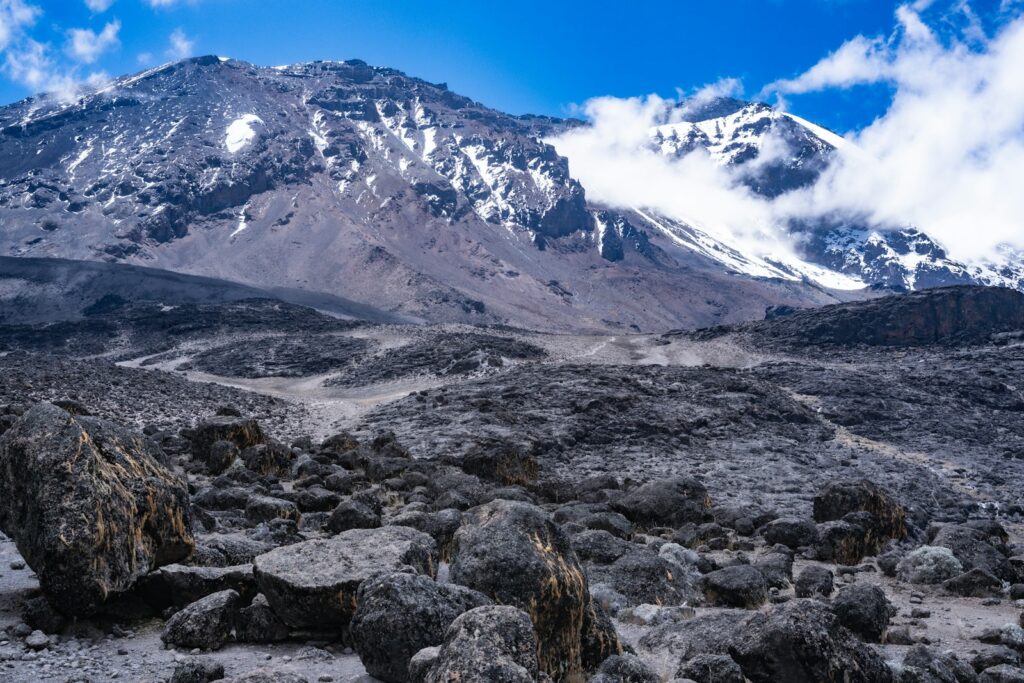
Climbing Mount Kilimanjaro
For trekkers determined to reach the summit of Mount Kilimanjaro, the tallest mountain in Tanzania, Africa and one of the world’s most iconic trekking destinations, timing plays a critical role in both the safety and enjoyment of the climb. The best periods to take on this legendary adventure generally align with Tanzania’s dry seasons, when the weather is more stable, the trails are less treacherous, and the views from the slopes are nothing short of breathtaking.
From January to early March, the mountain enjoys relatively mild temperatures, crisp air, and crystal-clear skies that reward climbers with sweeping views over the surrounding plains. This period also tends to be less crowded than the mid-year months, offering a more peaceful experience on the trail and at the campsites.
The slightly warmer conditions make high-altitude camping more comfortable, and the stunning visibility is ideal for photographers hoping to capture Kilimanjaro’s snow-capped summit glowing under the sunrise.
The other prime climbing window runs from June to October, coinciding with Tanzania’s long dry season. During these months, the air is cooler, rainfall is minimal, and visibility is excellent, with expansive views stretching for miles. However, this is also the busiest period on the mountain, attracting trekkers from around the world, so popular routes such as the Machame and Marangu can feel livelier. For many, the vibrant energy of the high season, combined with optimal climbing conditions, makes this a thrilling time to attempt the ascent.
Climbing during the long rains from March to May presents greater challenges. The trails, particularly in the lower rainforest zone, can become muddy and slippery, increasing the difficulty of the hike and the risk of injury. The higher slopes may see fresh snow, and clouds often obscure the views. While the mountain is still accessible, most climbers avoid this period unless they are seeking solitude and are prepared for wet, unpredictable conditions.
The short rains in November are lighter and more sporadic, but they still add a layer of complexity to the trek. Slippery paths, misty mornings, and occasional downpours can test a climber’s endurance. That said, November offers far fewer crowds, a quieter atmosphere, and the reward of lush scenery in the lower zones, making it appealing to experienced trekkers who value solitude over guaranteed sunshine.
Each season on Kilimanjaro has its unique charm. The dry months provide the best balance of safety, comfort, and stunning views, which is why most climbers plan their expeditions for these windows. However, for those willing to embrace the challenge of off-peak conditions, the quieter, rain-washed slopes of the shoulder seasons can offer a deeply personal and rewarding journey to the Roof of Africa.

Beach Holidays in Zanzibar and the Coast
While Tanzania’s inland national parks are celebrated for their spectacular wildlife safaris, its coastline and the enchanting islands of Zanzibar, Pemba, and Mafia offer an entirely different kind of allure. These Indian Ocean gems are fringed with white-sand beaches, swaying palm trees, and crystal-clear turquoise waters, creating the perfect setting for relaxation, water sports, and cultural exploration.
For travelers seeking the most comfortable weather, the dry season from June to October is a wonderful choice. During this period, coastal temperatures are warm but not overly humid, and the gentle sea breezes make strolling along the beaches or exploring historic sites like Stone Town especially pleasant. The calm, clear waters also make this an excellent time for snorkeling, scuba diving, and sailing.
From December to February, the islands embrace a more classic tropical climate, with hotter temperatures, bright sunshine, and warm seas — perfect for lazy days on the sand or adventurous activities such as kite surfing, deep-sea fishing, and diving on coral reefs teeming with marine life. The waters around Zanzibar and Mafia Island, in particular, are famous for their vibrant coral gardens and the chance to encounter majestic whale sharks, especially from October to early March around Mafia.
The rainy season from March to May brings heavier showers and occasional tropical storms, but it also transforms the coastline into a lush, green paradise. Palm trees look fresher, gardens bloom, and the landscapes radiate color under the dramatic skies. This is also the low season for tourism, meaning beaches are quieter, hotels often offer reduced rates, and visitors can enjoy a more private, intimate experience. While the rain can be heavy, it typically comes in bursts, leaving time for sun in between.
The short rains in November are usually lighter and more sporadic, offering a balance between reduced visitor numbers and plenty of sunny intervals. For those who prefer a slower-paced, crowd-free escape, this period is ideal for soaking in Zanzibar’s laid-back charm, exploring spice plantations, or simply unwinding by the ocean.
Whether you visit during the peak of the dry season, the warmth of the early year, or the tranquil green months, Tanzania’s coastal regions and islands offer an unforgettable beach holiday that pairs beautifully with a safari adventure.
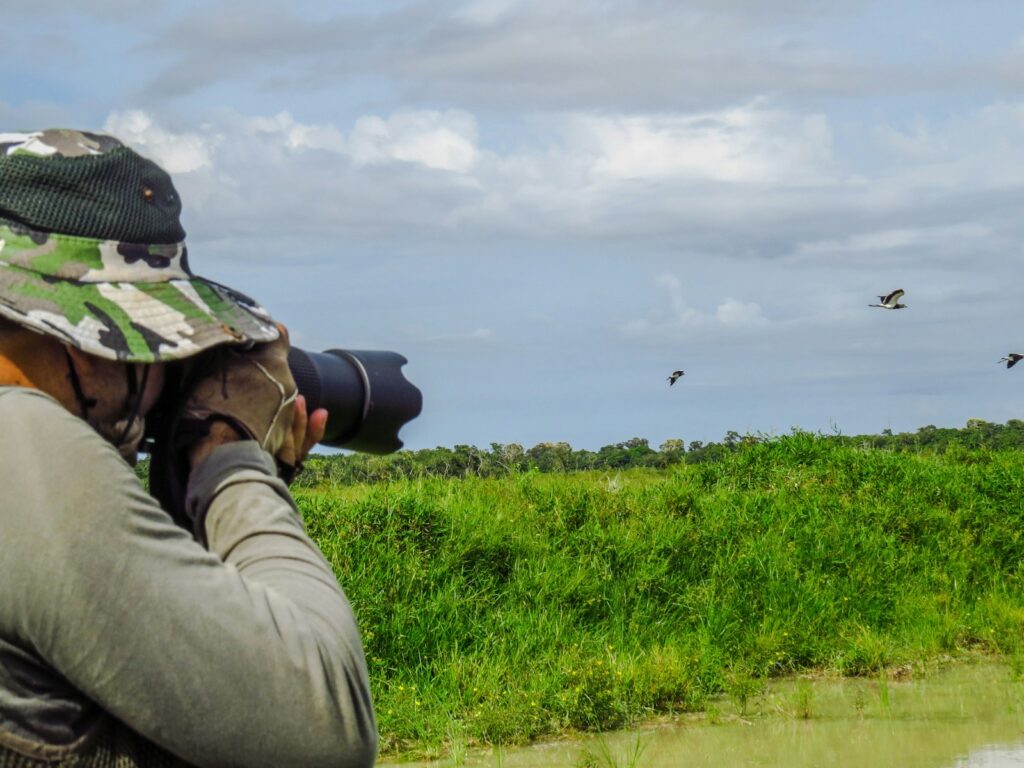
Birdwatching Opportunities Throughout the Year
Tanzania is a paradise for bird enthusiasts, with over 1,100 recorded species. The period from November to April is especially rewarding, as migratory birds from Europe and Asia join the resident species. During these months, the landscape is vibrant and green, the air is alive with birdsong, and many species display their colorful breeding plumage.
Wetlands, lakes, and coastal areas become havens for birdlife, offering photographers and nature lovers countless opportunities to capture rare and beautiful moments.
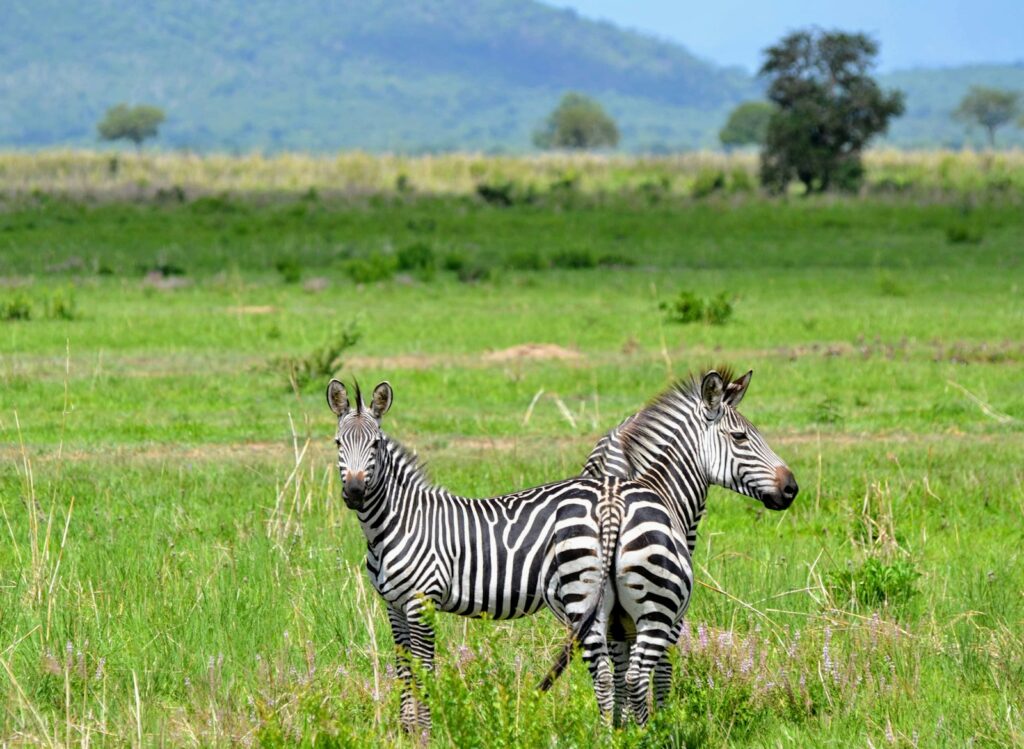
Why Some Travelers Choose the Green Season
While the long rains from March to May may discourage some travelers from planning their Tanzania holiday, this period — often referred to as the green season — holds a charm that many overlook.
Instead of dusty plains and busy safari tracks, the landscape transforms into a vibrant, emerald paradise, with fresh vegetation, blooming wildflowers, and shimmering wetlands that breathe new life into the scenery. For those who appreciate nature at its most dramatic, this is an incredibly photogenic time to visit.
Towering cloud formations paint the skies in shades of silver and gold, creating striking backdrops for wildlife photography. Sunlight filtering through the rain produces soft, diffused light — perfect for capturing the fine details of animals without the harsh shadows of the dry season.
The green season also offers a slower, more peaceful safari experience. Visitor numbers are much lower compared to the busy months of June to October, meaning travelers can explore without the constant presence of other vehicles at wildlife sightings. In the Serengeti National Park, game drives during this time often feel more exclusive, allowing guests to linger and truly observe animal behavior without rushing.
The Ngorongoro Crater remains a world-class safari destination even in the rainy months, as the crater floor’s rich ecosystem continues to support lions, elephants, hippos, and the elusive black rhino. Many lodges and camps stay open year-round, and in the green season they often reduce their rates, making luxury safari experiences more affordable.
Beyond the iconic parks, areas like Tarangire National Park, Lake Manyara National Park, and parts of the Southern Circuit become havens for birdlife, as migratory species arrive to join Tanzania’s resident birds. The rains replenish rivers and lakes, attracting flocks of flamingos, pelicans, storks, and countless smaller species, making this a rewarding period for birdwatching enthusiasts.
For travelers who value tranquility, lush landscapes, and exceptional photographic conditions, visiting Tanzania in the green season offers an experience that is both unique and deeply rewarding — a different side of the country that most visitors never see.
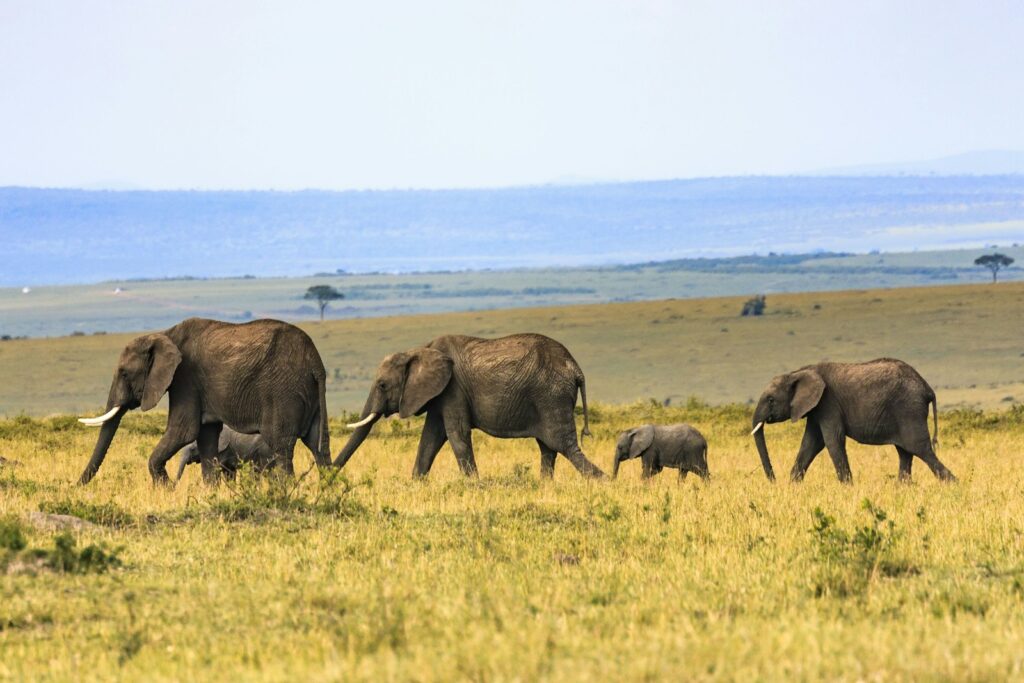
Matching the Season to Your Travel Goals
The best time to visit Tanzania is ultimately a personal choice that should reflect your travel goals. If your dream is to witness the Great Migration’s river crossings, a visit in July, August, or September may be ideal. If you prefer predator action and newborn wildlife, January to March in the southern Serengeti offers unparalleled drama.
For mountain climbers, the main dry seasons provide the safest and most pleasant conditions. Beach lovers can choose between cooler coastal breezes in mid-year or the sun-soaked warmth of the early year. Birdwatchers may prioritize the wetter months when the diversity of species peaks. And those seeking value and tranquility might deliberately choose the green season, embracing the occasional rain for the rewards it brings.
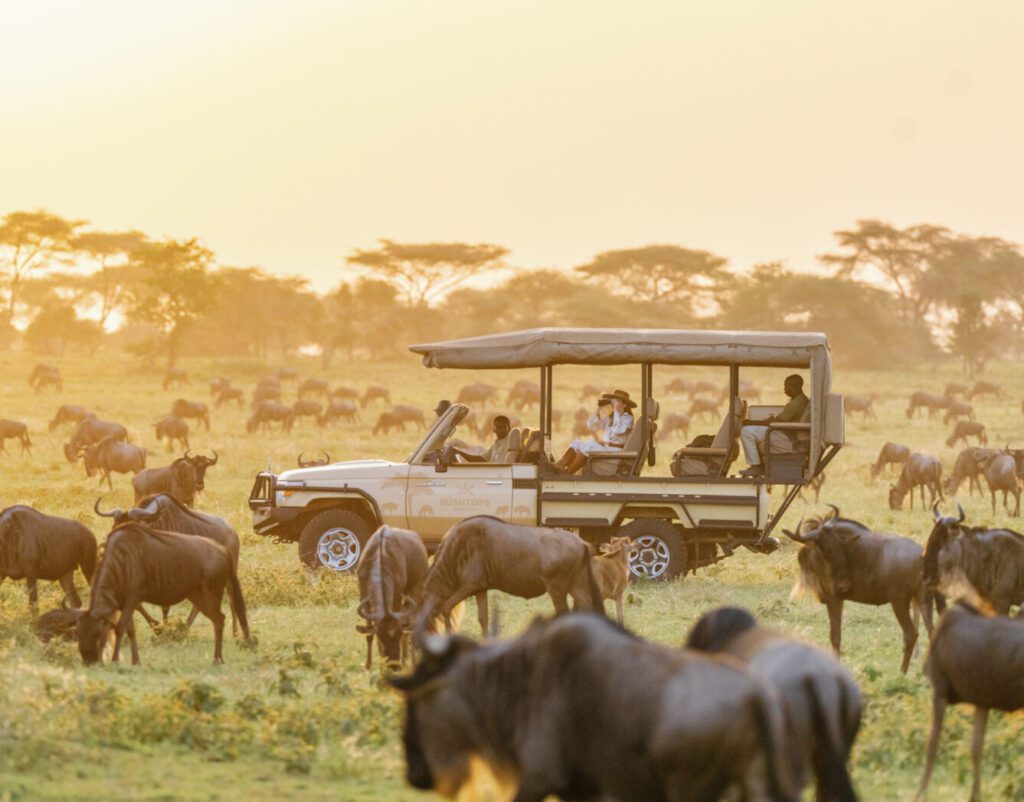
Final Thoughts
Tanzania is a country blessed with extraordinary experiences that unfold differently across its seasons. Every month offers something remarkable, and there is no truly wrong time to visit — only different versions of its beauty.
Whether your journey leads you across the Serengeti’s plains, up the slopes of Kilimanjaro, into the coral-rich waters of Zanzibar, or through the vibrant cultures of its towns and villages, timing your trip thoughtfully will enhance the magic of your adventure. The best time to visit Tanzania is the time that aligns with your dreams, your spirit of adventure, and your vision of Africa at its finest.
Recent Posts



